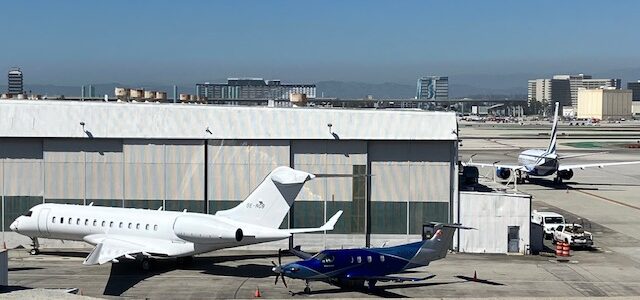
What does the FAA consider a “Serious Injury” on an aircraft or at an airport?
“The FAA and the National Transportation Safety Board (NTSB) define an accident as an occurrence associated with the operation of an aircraft which takes place between the time any person boards the aircraft with the intention of flight and all such persons have disembarked, AND in which any person suffers death or serious injury or in which the aircraft receives substantial damage. The NTSB regulations (49 CFR part 830) define “serious injury” and “substantial damage” as follows:”
A Serious Injury means any injury which:
-

“The Federal Aviation Act of 1958 created the agency under the name Federal Aviation Agency” – (1) Requires hospitalization for more than 48 hours, commencing within 7 days from the date of the injury was received;
- – (2) results in a fracture of any bone (except simple fractures of fingers, toes, or nose);
- – (3) causes severe hemorrhages, nerve, muscle, or tendon damage;
- – (4) involves any internal organ; or
- – (5) involves second or third-degree burns, or any burns affecting more than 5 percent of the body surface.”
The Code of Federal Regulations defines how an accident is seen in § 830.2
An aircraft accident “means an occurrence associated with the operation of an aircraft which takes place between the time any person boards the aircraft with the intention of flight and all such persons have disembarked, and in which any person suffers death or serious injury, or in which the aircraft receives substantial damage. For purposes of this part, the definition of “aircraft accident” includes “unmanned aircraft accident,” as defined herein.”
How to prevent an injury on an airplane?
First, always be cognizant of your surroundings. Whether that means being aware of other passengers, watching your head, or securing your luggage, it is important to recognize any potential obstacles that may interfere. The crew and cabin members are trained on how to deal with emergencies.
Keeping your safety belt fastened can help prevent a head or other injury during clear air turbulence or sudden side shear wind impact.
In addition, wearing proper footwear can mean the difference between you and a slip-and-fall.
Some accidents are inevitable and the airline may be responsible for what is defined as “substantial damage.”
“Substantial damage means damage or failure which adversely affects the structural strength, performance, or flight characteristics of the aircraft, and which would normally require major repair or replacement of the affected component. Engine failure or damage limited to an engine if only one engine fails or is damaged, bent fairings or cowling, dented skin, small punctured holes in the skin or fabric, ground damage to rotor or propeller blades, and damage to landing gear, wheels, tires, flaps, engine accessories, brakes, or wingtips are not considered “substantial damage” for the purpose of this part.”
There are strict legal deadlines that apply. in cases of injury aboard an aircraft or accidents while getting on an aircraft or disembarking from a commercial jetliner. If you, or someone you know, has been injured through no fault of their own as a result of an incident at an airport, on the runway, in the terminal, or on board an aircraft, and there are questions about the laws that apply please contact us at (703) 796–9055 or email frontdesk@landaulawshop.com.
